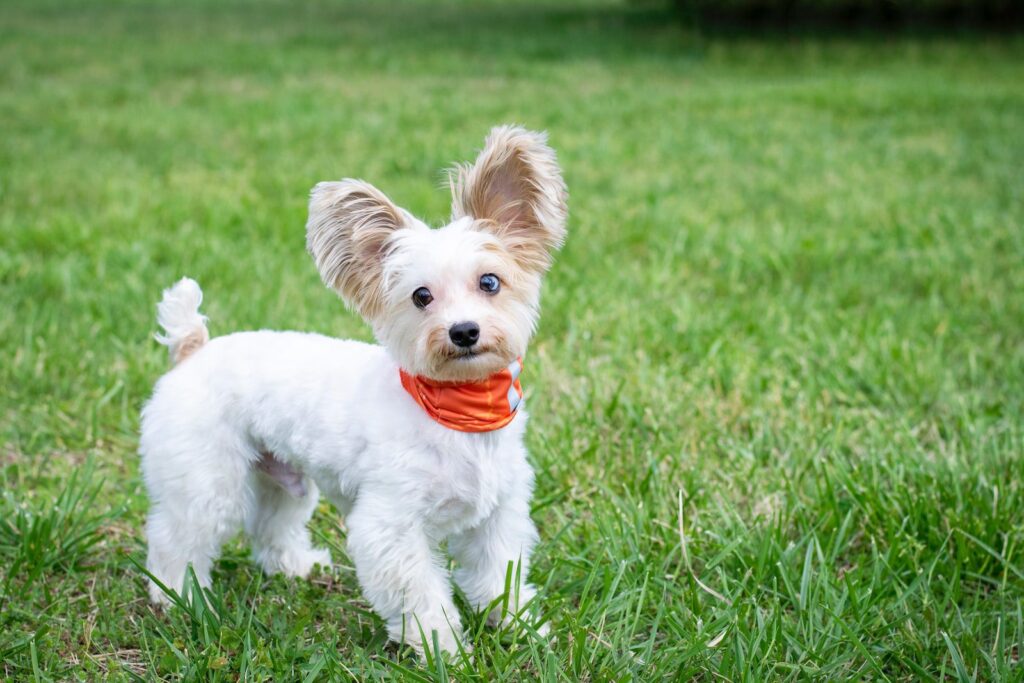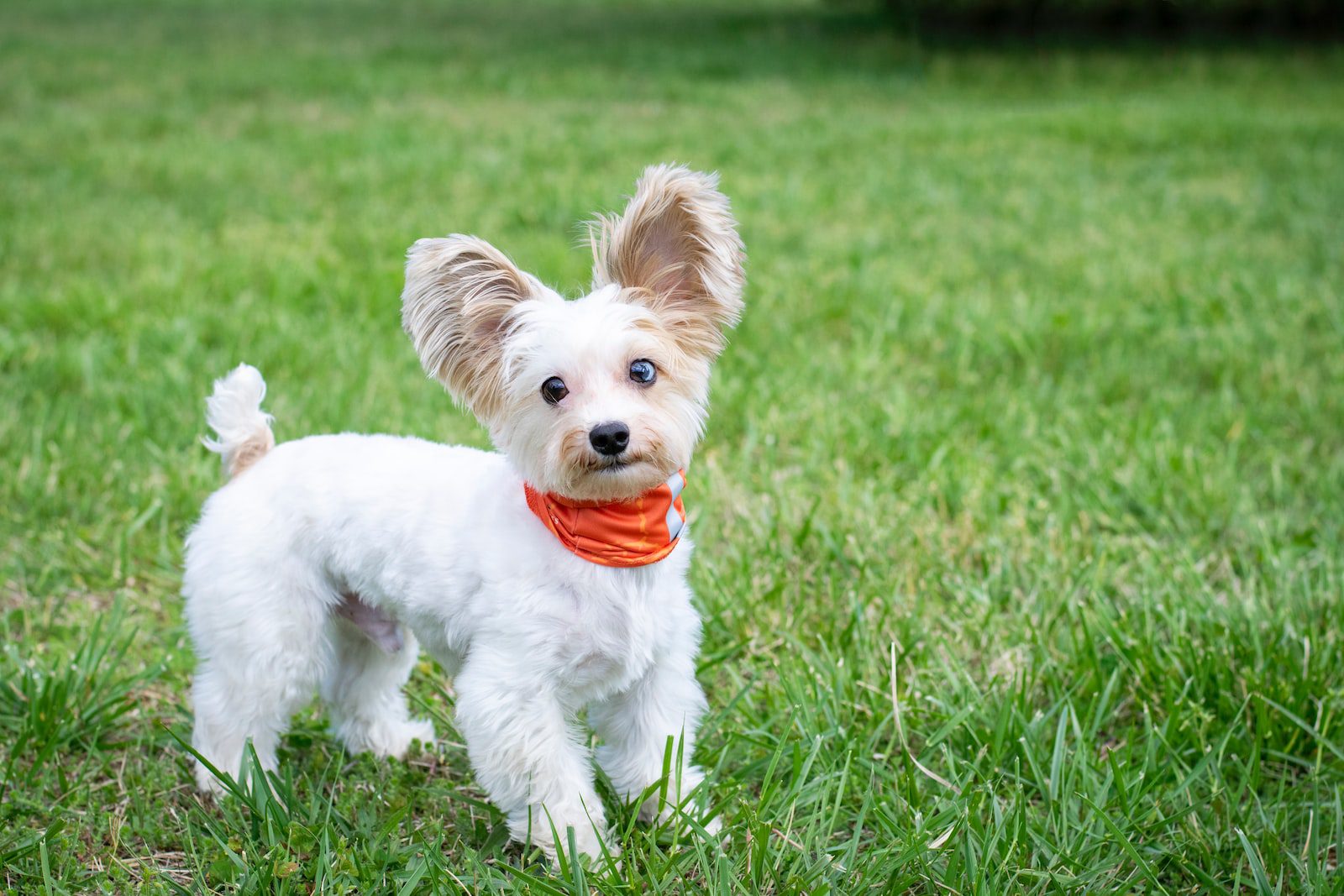
The Ultimate Guide to the Best Wireless Fencing for Small Dogs: Safety and Freedom Combined
As a responsible pet owner, ensuring the safety and well-being of your small dog is paramount. Traditional fencing can be expensive and restrictive, making wireless fencing for small dogs an increasingly popular alternative. These systems offer a convenient and cost-effective way to contain your furry friend within a designated area, providing them with freedom while keeping them safe from harm. This comprehensive guide explores the world of wireless fencing for small dogs, covering everything from how they work to the top models available and essential considerations for choosing the right system.
Understanding Wireless Dog Fences
Wireless dog fences, also known as invisible fences, utilize radio frequency (RF) technology to create a virtual boundary. A central transmitter emits a radio signal that is picked up by a receiver collar worn by your dog. When your dog approaches the boundary, the collar emits a warning tone, followed by a mild static correction if they continue further. This gentle correction discourages your dog from crossing the boundary, effectively training them to stay within the designated area. The key here is finding the best wireless fencing for small dogs, as collar weight and correction levels need to be appropriate for their size and temperament.
How Wireless Fences Work
The process is relatively straightforward:
- Transmitter Setup: The transmitter is placed in a central location, typically inside your home or garage.
- Boundary Definition: You define the boundary by adjusting the range of the transmitter. Most systems allow for circular boundaries, but some offer customizable shapes.
- Collar Training: Your dog wears a receiver collar that is programmed to the transmitter’s frequency.
- Training Phase: A crucial step involves training your dog to recognize and respect the boundary. This typically involves using flags or markers to visually represent the boundary and associating the warning tone with the edge of the safe zone.
- Supervision: Initially, continuous supervision is necessary to ensure your dog understands the system and doesn’t attempt to challenge the boundary.
Benefits of Wireless Fencing for Small Dogs
Choosing the best wireless fencing for small dogs offers several advantages over traditional fencing:
- Cost-Effectiveness: Wireless fences are generally less expensive than traditional fences, especially for large properties.
- Ease of Installation: Installation is simple and doesn’t require digging or construction.
- Portability: Wireless fences can be easily moved and reconfigured, making them ideal for renters or homeowners who frequently relocate.
- Aesthetics: Wireless fences are invisible, preserving the natural beauty of your yard.
- Flexibility: They can be used on various terrains and property shapes.
Factors to Consider When Choosing Wireless Fencing for Small Dogs
Selecting the best wireless fencing for small dogs requires careful consideration of several factors:
Collar Weight and Size
This is a critical consideration for small breeds. The collar should be lightweight and comfortable to avoid causing discomfort or neck strain. Look for collars specifically designed for small dogs with adjustable straps.
Correction Levels
The correction levels should be adjustable to accommodate your dog’s temperament and training progress. Start with the lowest level and gradually increase it only if necessary. Some systems offer tone-only modes for initial training.
Range and Boundary Shape
Consider the size and shape of your yard when determining the required range. Ensure the system allows you to customize the boundary to fit your property’s layout. Some systems offer circular boundaries, while others allow for more complex shapes.
Reliability and Durability
Choose a system from a reputable brand known for its reliability and durability. Look for collars that are waterproof or water-resistant to withstand outdoor conditions. Read reviews to assess the system’s performance in real-world scenarios.
Battery Life
Check the battery life of both the transmitter and the receiver collar. Longer battery life means less frequent replacements and greater peace of mind. Some collars have rechargeable batteries, while others use disposable batteries.
Safety Features
Look for systems with safety features such as runaway prevention, which automatically increases the correction level if your dog runs past the boundary. Some systems also have a low battery indicator to alert you when the collar battery needs to be replaced.
Ease of Training
The best wireless fencing for small dogs should come with clear and comprehensive training instructions. A well-designed training program will help your dog quickly learn to respect the boundary and avoid unwanted corrections.
Top Wireless Fencing Systems for Small Dogs
Here are some of the top-rated wireless fencing for small dogs currently available on the market:
- PetSafe Stay & Play Wireless Fence: This system is known for its portability and ease of setup. It features adjustable correction levels and a comfortable, lightweight collar suitable for small dogs.
- Halo Collar 2+: While pricier, the Halo Collar 2+ is a sophisticated GPS-based system that offers precise boundary control and activity tracking. It’s a great option for owners who want advanced features and peace of mind.
- SpotOn Virtual Fence: Another GPS-based system, the SpotOn Virtual Fence allows you to create custom-shaped boundaries anywhere, making it ideal for travel or properties with unusual layouts.
- WIEZ GPS Wireless Dog Fence: A GPS-based system that allows for customized boundaries and uses a vibration/shock/beep to train the dog.
- FunAce Wireless Dog Fence: This system offers a balance of affordability and features, with adjustable correction levels and a user-friendly interface.
Training Your Small Dog with a Wireless Fence
Proper training is essential for the success of any wireless fencing for small dogs. Here’s a step-by-step guide to help you train your dog:
- Introduce the Collar: Let your dog wear the collar for short periods to get them accustomed to it.
- Visual Boundary Markers: Place flags or markers along the designated boundary.
- Leash Training: Walk your dog along the boundary on a leash, allowing them to approach the flags. When they get close, give a verbal command like “Stay” or “Boundary.”
- Warning Tone Association: When the collar emits the warning tone, reinforce the verbal command and gently guide your dog back inside the boundary.
- Correction Introduction: If your dog crosses the boundary despite the warning tone, allow them to experience the static correction. Immediately guide them back inside the boundary and praise them.
- Positive Reinforcement: Reward your dog with treats and praise when they stay within the boundary.
- Gradual Progression: Gradually increase the time your dog spends off-leash within the boundary, always under supervision.
Potential Drawbacks of Wireless Fencing
While wireless fencing for small dogs offers numerous benefits, it’s important to be aware of potential drawbacks:
- Signal Interference: Wireless signals can be affected by interference from other electronic devices or terrain features, leading to inconsistent boundary performance.
- Dog’s Temperament: Some dogs may be more resistant to the static correction than others, requiring more intensive training or a different type of containment system.
- Power Outages: In the event of a power outage, the transmitter will not function, rendering the fence ineffective.
- Reliance on Collar: The system relies entirely on the dog wearing the collar. If the collar is lost or malfunctions, the dog will no longer be contained.
- Not a Physical Barrier: Wireless fences do not prevent other animals or people from entering your yard.
Alternatives to Wireless Fencing
If you’re not convinced that wireless fencing for small dogs is the right solution for your needs, consider these alternatives:
- Traditional Fencing: Provides a physical barrier but can be expensive and time-consuming to install.
- Underground Fencing: Similar to wireless fencing but uses a buried wire to create the boundary. It’s more reliable than wireless fencing but requires more extensive installation.
- Dog Runs: A designated enclosed area for your dog to exercise and play.
- Leash Training: Walking your dog on a leash provides direct control and prevents them from wandering off.
Maintaining Your Wireless Dog Fence
Proper maintenance is crucial for ensuring the continued effectiveness of your wireless fencing for small dogs:
- Check Battery Levels Regularly: Replace or recharge batteries as needed.
- Inspect the Collar: Check the collar for damage or wear and tear. Replace the collar if necessary.
- Test the Boundary: Periodically test the boundary to ensure it’s functioning correctly.
- Trim Vegetation: Keep vegetation around the transmitter clear to avoid signal interference.
- Reinforce Training: Continue to reinforce training periodically to ensure your dog remembers the boundaries.
Conclusion
Wireless fencing for small dogs can be a safe, convenient, and cost-effective way to keep your furry friend contained. By carefully considering the factors outlined in this guide and choosing a system that meets your specific needs, you can provide your small dog with the freedom they deserve while ensuring their safety and well-being. Remember to prioritize proper training and maintenance to maximize the effectiveness of your best wireless fencing for small dogs system. Always consult with a veterinarian or professional dog trainer if you have any concerns about using a wireless fence with your dog. With the right system and approach, you can enjoy the peace of mind that comes with knowing your small dog is safe and secure within their designated area. Remember to consider all factors, and read reviews before purchasing to find the best wireless fencing for small dogs for your specific needs.
[See also: How to Choose the Right Dog Breed for Your Lifestyle]
[See also: The Benefits of Dog Agility Training]
[See also: Common Dog Training Mistakes to Avoid]

